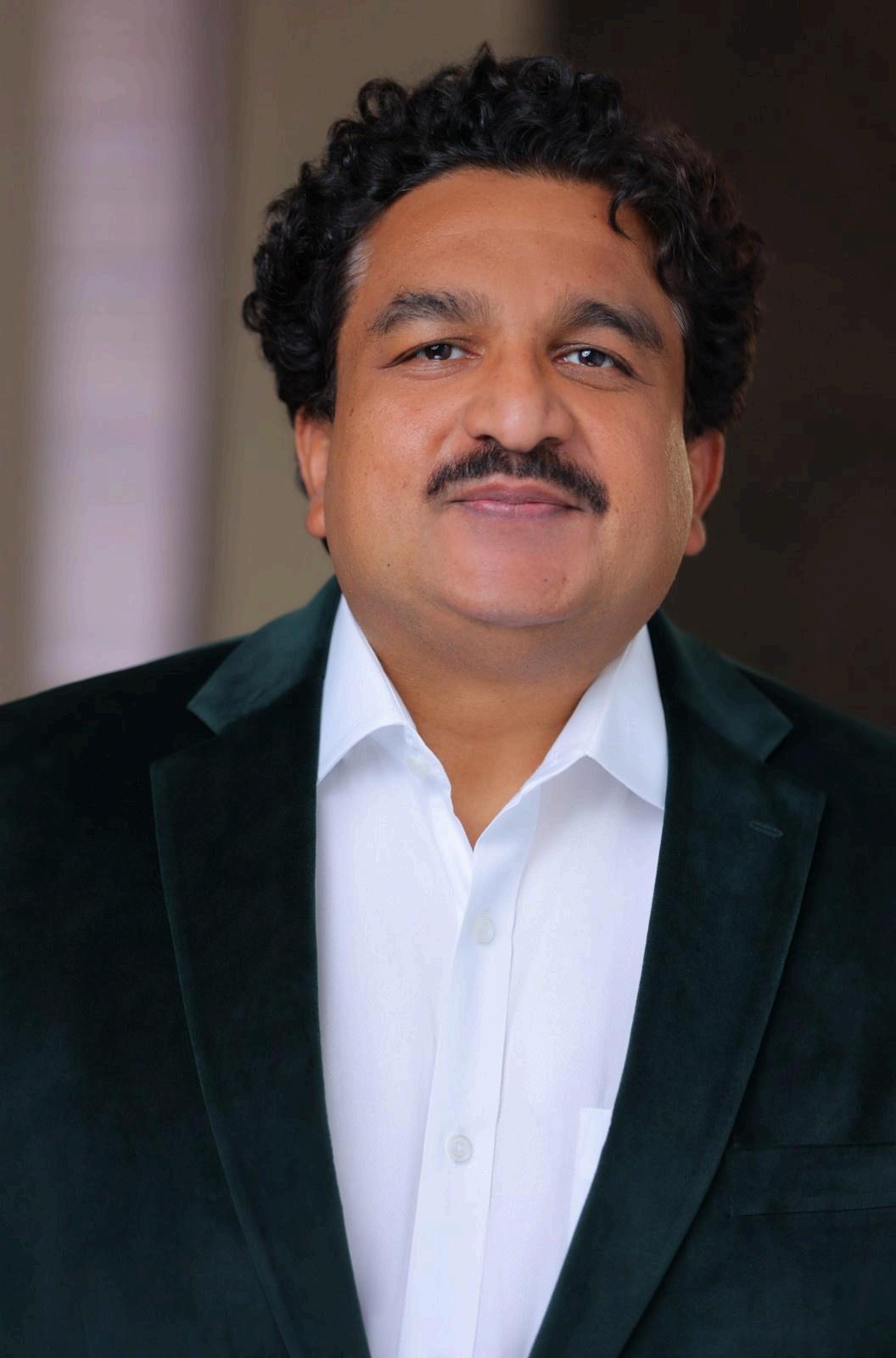Appreciating Various Art Forms as Gateways to Human Expression

Isam Vaid believes that art, in all its diversity, stands as one of the most profound ways humans communicate emotion, thought, and culture. Appreciating various art forms is more than observing technique or admiring beauty; it is about connecting with the spirit of creation that reflects the complexity of life itself. From paintings and music to dance, theater, and film, each art form captures unique aspects of the human journey, offering perspectives that transcend time, language, and geography By opening ourselves to this spectrum of expression, we gain deeper insights into not only the world around us but also into ourselves.
Visual arts remain among the most immediate and powerful means of expression A painting or sculpture tells stories without words, evoking emotions through color, form, and symbolism. Classical works showcase tradition and craftsmanship, while modern and abstract pieces challenge perceptions, inviting viewers to interpret meaning on their own terms. Photography adds another layer, freezing moments in time that reveal truth, beauty, or struggle. Through the visual arts, we encounter windows into history, culture, and imagination, broadening our ability to see beyond surface appearances.

Music, often described as a universal language, resonates with people across all walks of life Its rhythms and melodies evoke emotions that words usually cannot express. From the soothing flow of classical symphonies to the raw energy of jazz, rock, or hip-hop, music becomes both a personal and a collective experience. It unites listeners in shared feelings of joy, sorrow, or hope, while also reflecting the cultural landscapes from which it emerges Appreciating music means recognizing both its technical mastery and its power to inspire, comfort, and heal
Theater and dance embody art in motion, bringing stories and emotions to life through performance Theater merges dialogue, character, and stagecraft to engage audiences in narratives that explore morality, conflict, and identity. Dance, on the other hand, communicates through movement, capturing the nuances of rhythm and emotion with the body as the instrument Both forms thrive on immediacy, where the energy of performers and the reactions of audiences create a unique and unrepeatable moment. By experiencing theater and dance, we become active participants in the art, sharing in the humanity it conveys

Film, as a relatively modern art form, integrates visual, auditory, and narrative elements to tell stories that span genres and cultures. From documentaries that reveal truths to fictional works that spark imagination, films shape perspectives and expand awareness of different realities
Appreciating cinema involves recognizing its artistry in direction, cinematography, acting, and sound, while also reflecting on the cultural and social issues it addresses Film has the power not only to entertain but also to provoke thought and inspire change
Literature holds its own timeless role in the realm of art Through novels, poetry, essays, and plays, literature captures the essence of human thought, struggle, and aspiration Words weave worlds, giving voice to experiences that may otherwise remain unseen or unheard. Appreciating
literature means not just reading for pleasure but engaging critically with the themes, styles, and contexts that shape written works. Literature cultivates empathy by allowing readers to inhabit perspectives beyond their own, strengthening our understanding of the diversity of human experience.
In appreciating various art forms, one recognizes that no single medium captures the entirety of human expression. Each form complements the others, offering unique insights while sharing the common goal of communication and connection The act of appreciation itself requires openness an invitation to step beyond comfort zones and embrace unfamiliar perspectives By doing so, we not only celebrate the creativity of artists but also nurture our own imagination, empathy, and sense of wonder

Appreciating art in all its forms enriches life by reminding us of our shared humanity. Whether standing before a masterpiece in a gallery, listening to a symphony, watching a performance, reading a novel, or experiencing a film, we participate in a dialogue that transcends generations and borders. These encounters leave imprints on our hearts and minds, shaping how we see the world and ourselves In every art form lies an invitation to listen, reflect, and connect, making appreciation not just an act of admiration but an essential part of living a meaningful life
